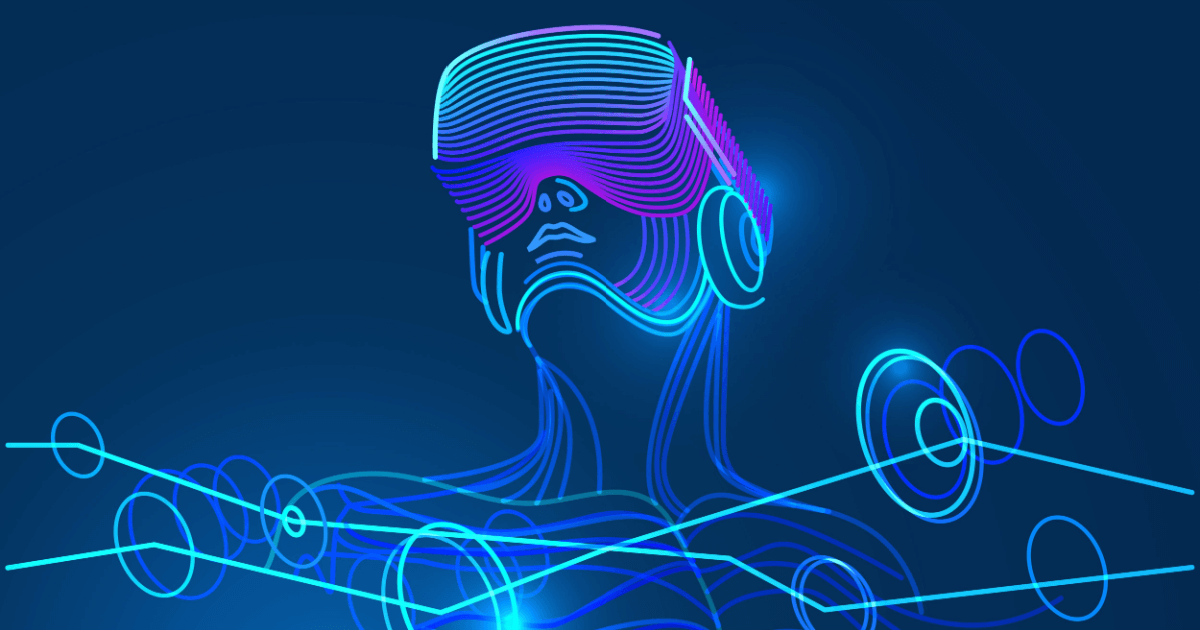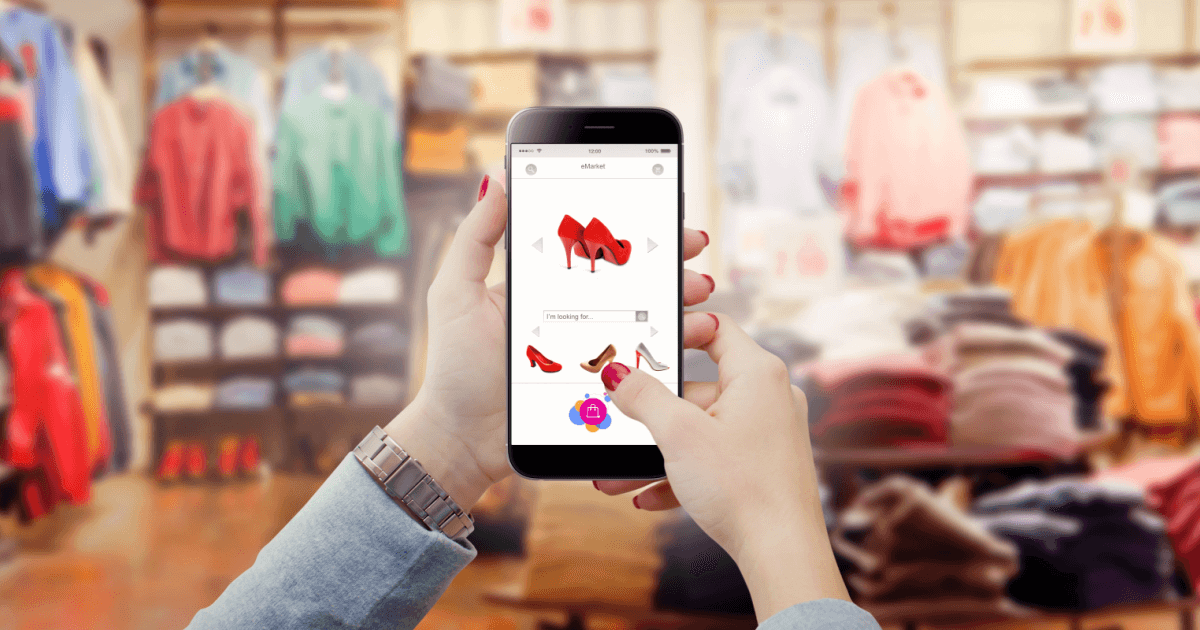May 5, 2023
We know more people are shopping online than ever before. Our own global research revealed that nearly a third of consumers shop online once or more a week. And another 64% shop a hybrid of online and in-store. However you slice it, the brick-and-mortar is lagging behind. Brands big and small are becoming laser-focused on improving their website and digital experience, and rightly so.
Your product page is your new storefront.
But there’s more to offering a great digital experience than an intuitive checkout process or generous return policies or some nice clipart of puppies. Today’s consumers expect only the best from the brands they support. And they’re willing to pay for it.
What is a digital experience?
A digital experience is an interaction between a user (like a customer or partner) and a business that’s made possible thanks to digital technologies (like AI or a website).
If you want to provide an excellent e-commerce experience and meet shoppers where they are, you’ll need to invest in your digital experience.
How to create a digital experience for your customers
In a recent survey by Adobe, 73% of consumers said positive experiences play a major role in their brand loyalties and 42% said they would pay more for friendlier, more welcoming brand encounters.
To meet the needs of these shoppers, e-commerce brands and retailers can look to their brick-and-mortar channels (or their brick-and-mortar competition) for inspiration.
Bring the social proof of brick-and-mortar shopping online
Perhaps the biggest benefit brick-and-mortar stores have over e-commerce retailers is the sheer amount of social proof inherent to the in-store shopping experience.
What is social proof? When we’re in a store, we can see what other people have in their carts. If we’re feeling chatty, we might even ask another shopper what they think about a product. Shop assistants are also on-hand to answer questions and offer recommendations.
The best way to bring that social proof to your omnichannel experience is to pack your website and product pages with user-generated content (UGC). By sharing photos, reviews, and ratings from other customers, you’re giving shoppers authentic, honest information they might otherwise not find in a typical product description.
You’re also building trust. Almost 80% of customers say UGC highly impacts their purchasing decisions. When compared to other forms of social proof, advice from other customers is considered more trustworthy. In one survey, 78% of consumers said they trust online reviews as much as a recommendation from their friends and family.
E-commerce giant Hairhouse revamped its reviews strategy by featuring customer reviews across its digital touchpoints. Since implementing the new strategy, the brand’s web pages containing reviews have seen a 35% lift in conversion and a 15% increase in average order value compared to those with no reviews.
This social proof doesn’t just bring the perks of in-store shopping online. It also provides important data and insights that can help you improve your omnichannel experience.
Use technology to replicate the brick-and-mortar experience
Another (major) perk to brick-and-mortar shopping is the ability to experience a product before buying it. Pick it up. Touch it. Feel it. Smell it (for you scented candle lovers). But new tech has made it easier for innovative e-commerce retailers to give their online shoppers a more immersive digital experience.
Emerging techs like generative AI and augmented reality bring the physical world to the digital world. Several eyewear brands, for example, now let shoppers virtually “try on” their glasses and furniture stores are also using augmented reality to let shoppers reimagine their living rooms.
Shoe brand TOMS, who donate a pair of shoes for every purchase, take it a step further and enable shoppers to meet a child who received a pair of shoes using VR technology.
And everyone from luxury handbag brands to outdoor kitchen manufacturers is offering 3D product tours. Several early adopters of 3D product tours have reported a 12% increase in conversions. Even a simple video demo can increase conversions by as much as 85%.
The bottom line is, the more confident you can make a shopper feel about an item, the more likely they are to add it to their cart. You can even use VR and AR in-store to drive traffic to your digital channels. 98% of consumers value experience over price — so give them one.
Make browsing easier for online shoppers
It’s no secret to brick-and-mortars that browsing often leads to impulse purchases. The “treat yoself” mentality. That’s why gum and magazines are such staples of the in-store checkout experience.
But with the majority of today’s impulse purchases happening online, e-commerce brands also need to optimize their digital aisles.
One way to encourage browsing is to promote related products and product categories. For example, if a shopper is perusing vegan cheeses, chances are they’ll also be interested in meat alternatives and cruelty-free products.
How you organize your online store can also make it easy for customers to explore your product line. If you’re a home improvement brand, consider grouping products by project — for example, “bathroom renovations.” You could also target customers by their expertise. Give weekend warriors their own landing page while encouraging accomplished tradespeople to explore bigger, more difficult projects.
But by far, the best way to encourage browsing is to make your site easy to use. Give customers filtering tools to help them find the exact items they need. Make your navigation as intuitive as possible. Ensure your search bar is easy to find.
Make the digital experience more personal
In a normal world, your in-store shoppers would be welcomed by a friendly sales associate who knows their name, greets them with a warm smile, and makes recommendations based on past purchases. Thanks to all the data you’re able to capture about your customers, you can now offer this exact experience online.
You don’t need an expensive tech stack to understand who your shoppers are and what motivates them. Integrating cookies into your site can reveal powerful insights and create a more personalized experience for repeat visitors.
Data from your email list, in-store transactions, and point-of-sale systems can also help you find new opportunities to make online customers feel seen and appreciated. (Happy birthday discounts, anyone?)
The extra effort is worth it. One study found that nearly 90% of customers reported feeling more positive about brands that offer personalized user experiences. And 40% said they bought something more expensive because their shopping experience was so expertly customized to their needs.
Raising the bar on the digital experience
By pairing the perks of visiting a brick-and-mortar with the convenience of online shopping, you can create the best omnichannel experience for your customers — and drive significant long-term revenue for your company.
The shift in consumer shopping habits has really raised the bar for e-commerce brands and retailers. E-commerce giants like Walmart are offering the best, most personalized digital experiences to ensure they’re the ones that thrive in the months and years ahead.
See how Walmart is doing it in our on-demand masterclass: Foundations for omnichannel success on Walmart.com.










